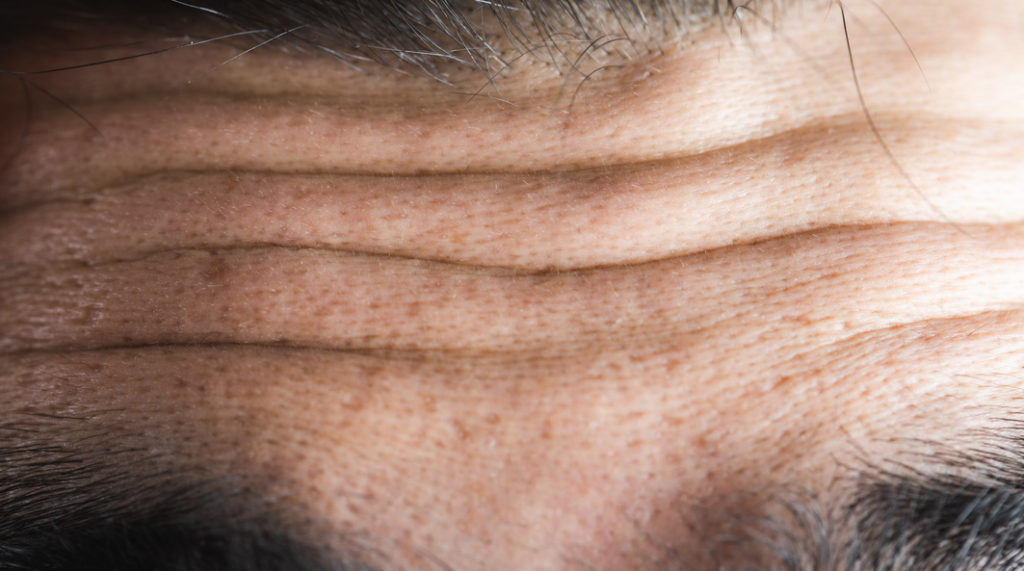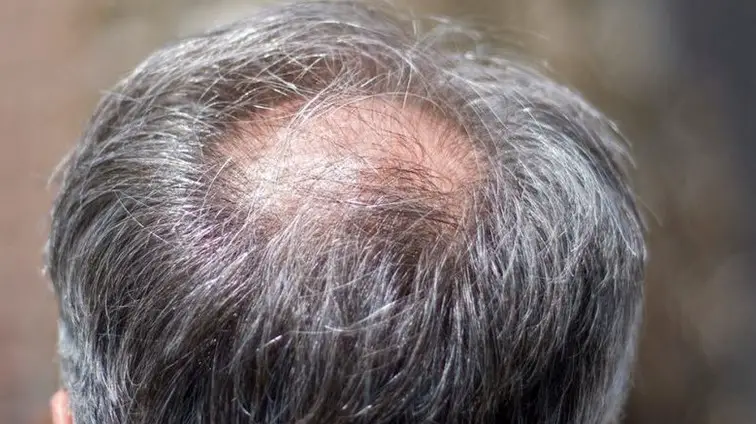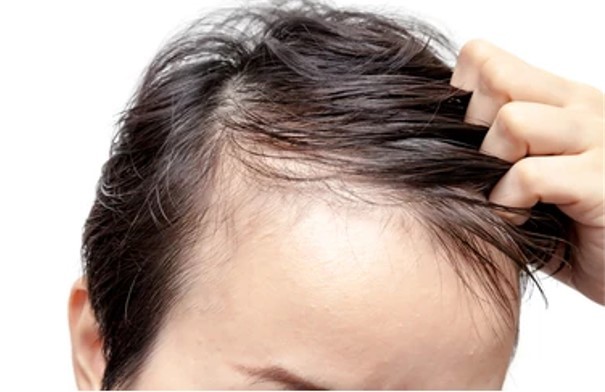Do you ever find yourself wondering if you have a receding hairline or a big forehead? It can be hard to tell the difference between the two, but it is important to be able to identify the signs of hair loss.
In this blog post, we will take a look at the differences between a receding hairline and a big forehead, as well as provide some tips on how to tell them apart. With the information provided, you can make an informed decision about whether you have a receding hairline or a big forehead.
Understanding Hair Loss
When trying to identify whether your high forehead is a result of early hair loss, it’s critical to comprehend how hair loss occurs. Everybody loses hair.
In a cycle, naturally. The scalp’s hair follicles go through a number of different growth and resting stages. Everybody has hair follicles that are dormant.
In actuality, males might normally shed up to 100 hairs each day.
But because so many others are still growing, people who aren’t losing their hair won’t notice a few hairs shedding. Hair loss becomes apparent when all the follicles in one location stall or stop their growth cycles.
The majority of hair loss has a pattern, especially in men. Androgenic alopecia, often known as male pattern baldness, frequently starts as hair loss along the hairline or in an area near the back of the crown.
Because of this, a lot of people worry about hair loss if they have a high forehead. But a high forehead alone does not necessarily indicate that you are losing your hair.
Do I Have a Receding Hairline or a Big Forehead?
Knowing the difference between a healthy hairline, a big forehead vs a receding hairline, or an M hairline can be the difference between maintaining a normal vs receding hairline. In order to figure out whether you have a good vs bad hairline, it is important to understand the signs of a mature hairline vs balding.
A healthy hairline is defined as having a symmetrical shape with no signs of recession. Commonly known as the “M” shaped hairline, this hairline should be even across the front, with no recession along the sides. If your hairline has receded from its original shape, it is a sign of balding.
Other signs of balding include thinning of the hair or bald spots on the crown of your head. It is influential to pay attention to how quickly your hair is thinning or receding, as this could indicate the worst hairlines.
Age is also a factor in determining the difference between a big forehead vs receding hairline. Generally speaking, men tend to have a mature hairline by their late twenties and early thirties. This often begins with the start of the recession at the temples and may continue to recede until it forms an M shape. If you are under thirty and are noticing signs of a receding hairline, it is important to consult with a doctor to see if further testing is needed.
Ultimately, the best way to determine if you have a receding hairline or a big forehead is to look closely at your hairline in the mirror. Pay attention to any changes in shape or texture, and look for other signs of balding. If you are concerned about the condition of your hairline, it is essential to consider your age and see a doctor if needed.
Big Forehead—Pattern
You can determine if your high forehead is simply a normal hairline for you based on the appearance of your forehead. Examine your hairline at the root in the mirror while holding back your hair. Is it arranged in a straight line, an M shape, a V shape, or another pattern?
Typically, the M shape indicates male pattern baldness.
This is due to the possibility that hair loss may be more likely to occur in the locations on the sides of your forehead. A V-shaped hairline may be a normal hairline form or an indication of male pattern baldness.
- Typically, the M shape indicates male pattern baldness. This is due to the possibility that hair loss may be more likely to occur in the locations on the sides of your forehead.
- A V-shaped hairline may be a normal hairline form or an indication of male pattern baldness. There is a possibility that your high forehead is not a sign of hair loss if your hairline is straight across.
- It’s crucial to have your hairline examined by a qualified medical hair loss professional in each of these scenarios. Male pattern baldness might be indicated by the way your hairline looks. However, it is not always present.
Changes in the Hairline
It’s not usually a sign of hair loss if your hairline has risen somewhat from a lower point. The hairline may mature and slightly rise in men as they age, typically just before their 30s. This is known as a developing hairline and may develop naturally. Again, you’ll need a professional hair loss assessment to determine whether your thinning hairline is a precursor to future hair loss.
Natural Hair Loss or Normal Shedding?
Checking to see whether you see hair loss is another approach to determine if you have male pattern baldness or simply a high forehead. Do you frequently find a lot of hair in the shower or on your pillow? If so, it may be an indication that you have male pattern baldness, given your high forehead.
Treatment
Of fact, none of these signs necessarily indicates hair loss. To be certain, you’ll need a thorough evaluation from one of our specialists in hair loss at the Hair Replacement systems near you. If you receive a hair loss diagnosis, know that there are still options available to you. With so many efficient treatments readily available, you can reduce your hair loss and regain your thick, wholesome appearance.
How to tell if your crown is balding?
Check for other signs of balding
When it comes to distinguishing between a receding hairline and a big forehead, it is important to consider other signs of balding. A healthy hairline will be straight across or curved slightly in the middle. If you notice that your hairline is beginning to form an M shape, then this is a sign of a receding hairline. Another telltale sign of a receding hairline is if you notice that your side hairline has started to become thinner.
The difference between a normal hairline and a receding one can also be found in the texture of your hair. If your hair looks dull and brittle, or if it breaks easily when you pull on it, then this is a sign of balding. Additionally, if your scalp is more visible than it used to be, this can also indicate that you are dealing with a receding hairline. It is significant to note that there is no “good” or “bad” hairline, as different people have different levels of maturity in their hairline.
While a receding hairline can make someone feel self-conscious, it is indispensable to remember that this is a common issue, and there are ways to address it. That said, it is best to consult a doctor if you believe that your hairline is receding, as they may be able to provide options for treatment. Ultimately, whether you have a big forehead or a receding hairline, it’s important to take care of your hair and recognize the signs of balding at 20 or early on.
- AI Powered Bald Filter Online 2024: See Yourself with No Hair! - January 19, 2024
- Harklinikken Bad Reviews 2024: Analyzing Negative Feedbacks - January 18, 2024
- How to Get the Alex Eubank Hair | Step-By-Step Tutorial 2024 - January 18, 2024







